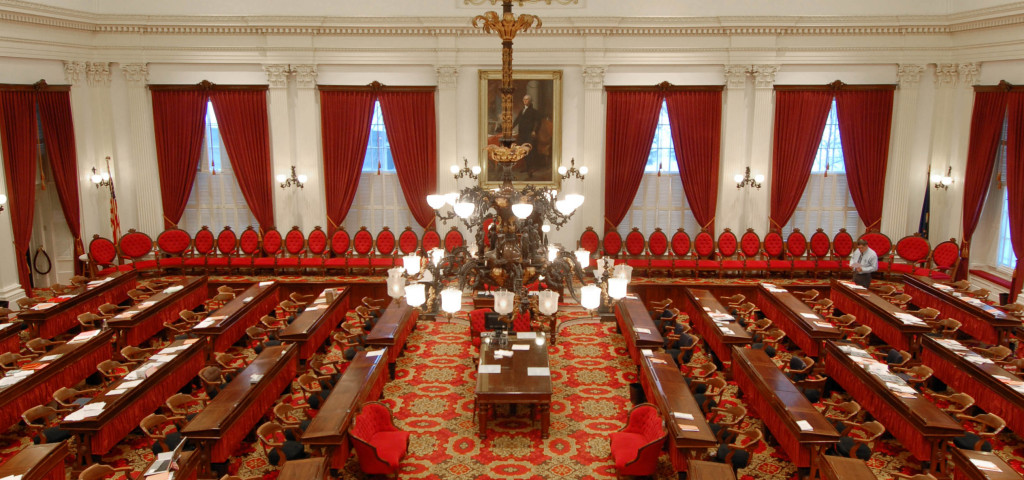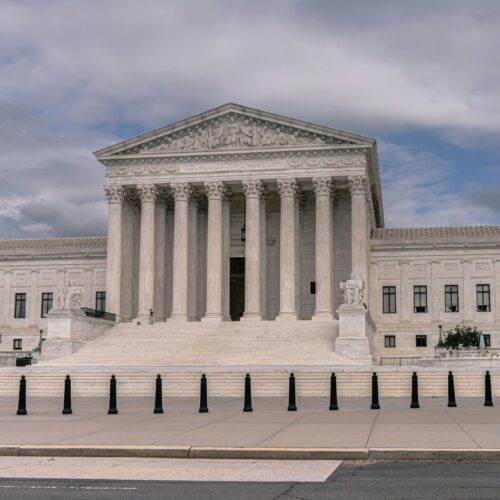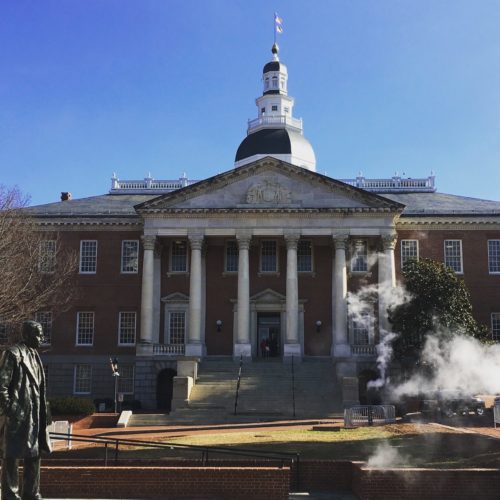Vermont and New York are First in Climate Superfund Laws
Environmental advocates in Vermont are celebrating the passage of S. 259, a bill to create a “climate superfund” to tackle the costs of climate change in the Green Mountain State. Governor Phil Scott allowed the bill to become law without his signature days later, making Vermont the second state in the country to establish such a fund.
Rising costs spur action
Just midway through 2024, the US has already witnessed eleven extreme weather disasters. Together, these have cost taxpayers over $25.1 billion in disaster relief, according to a recent National Oceanic and Atmospheric Administration (NOAA) report. The number ties for the second-most such disasters on record within a year. At this rate, the Federal Emergency Management Agency (FEMA) reports that its major disaster relief fund could be $1.3 billion short by as early as August.
As the costs of climate change continue to mount, states are taking note.
On the East Coast, extreme weather events and rising seas have already begun to wear on infrastructure and on human health. While plans for costly measures to mitigate these developments have been shelved repeatedly, the US has been ramping up crude oil production. Over the past six years, it has outpaced even Saudi Arabia. Last fall, the Biden administration approved more oil and gas drilling permits on public lands than former President Trump had at the same point in his presidency. While the International Energy Agency (IEA) has said that the global demand for oil should peak by 2030, the recent $100 billion acquisition spree by big oil that included new drilling sites around North America and the Permian Basin suggests a big bet on future fossil fuel demand as the industry most responsible for greenhouse gas emissions (GHGs) continues to enjoy record profits.
While the planet warms, extreme weather events will only rise in their frequency and intensity. Emergency cleanup and mitigation efforts are rising as well.

Vermont superfund legislation
For the late great state senator of Vermont, Dick Sears, who died earlier this month at 81, the answer to the question of who should bear the costs of adaption, remediation and mitigation appeared simple: to him, those who made the mess should clean it up. His views on holding polluters accountable stemmed largely from his experience helping constituents fight for compensation from companies that had poisoned their drinking water with the use of the so-called “forever chemicals” known as PFAS. Vermont has also been suffering from more frequent and more destructive floods in recent years.
These experiences led him to sponsor the landmark legislation, passed on May 30 without the Governor’s signature, to confront the daunting task of funding climate mitigation and cleanup efforts known as the Climate Superfund Act.
The “Act Relating to Establishing a Climate Superfund” represents a first-of-its-kind piece of legislation aimed at holding fossil fuel companies financially responsible for their contributions to climate change-caused damages. Designed to address the growing financial burden of climate-related disasters on Vermont’s economy and its residents, the law requires of companies that significantly contribute to GHG emissions to pay into a fund dedicated to climate mitigation and adaptation projects. This includes energy efficiency programs, renewable energy projects, and infrastructure improvements to better withstand extreme weather events.
The Climate Superfund Act mirrors the federal Comprehensive Environmental Response Compensation and Liability Act (CERCLA), which was introduced in 1980 to clean up sites contaminated by toxic and hazardous wastes that numbered in the thousands at that time. It did so by compelling companies responsible for the contamination to either clean it up or reimburse the government for the work. Vermont’s Act similarly establishes a new Climate Superfund Cost Recovery Program, to be administered by the Climate Action Office within Vermont’s Agency of Natural Resources.
Under the law, “compensatory” payments will be required from what the Agency deems “responsible parties.” The law defines “responsible party” as an entity (or successor in interest to an entity) that “engaged in the trade or business of extracting fossil fuel or refining crude oil,” with fossil fuel including coal, petroleum products, and fuel gases, and that the Agency determines is accountable for more than 1 billion metric tons of certain GHG emissions between January 1, 1995, and December 31, 2024. It remains unclear how exactly the GHG emissions will be calculated for each entity, however, and not every fossil fuel company would be subject to the law. Responsible companies must have been liable for more than one billion metric tons of greenhouse gas emissions globally over the period covered, and the company must have some physical or economic connection to the state. The law also does not restrict future production by fossil fuel companies.
To determine who, precisely, is responsible, how much damage they are liable for and how much they owe the state, the law directs the Agency to develop rules to implement the law’s requirements, including methodologies required to identify responsible parties and calculate GHG emissions allegedly caused by each responsible party. In particular, the Agency is directed to determine the amount of the cost recovery demand for entities that “hold or held an ownership interest in a fossil fuel business during the covered period,” provided that it is proportionate to the costs incurred by the state and its residents from the amount of GHGs that the responsible party purportedly emitted.
Critics argue the law could drive businesses out of state or raise consumer costs. However, a study of a similar proposal in New York found negligible impact on gas prices.
Just days after Governor Phil Scott allowed the legislation to become law, New York enacted a similar statute entitled the “Climate Change Superfund Act,” which would be administered by the Department of Conservation and purports to cover GHG emissions between January 1, 2000, and December 31, 2018. Under the Act, the total assessment rate per year is $3 billion over the next 25 years, with 35-40 percent of the funds going toward climate-change-adaptive infrastructure projects that directly benefit disadvantaged communities.
So far, California, Maryland, and Massachusetts have proposed similar legislation that they would require companies to compensate states for purported GHG emissions. A similar climate change cost-recovery bill was introduced in the US House of Representatives in March 2023. It remains in committee.
Legal challenges to both Vermont’s and New York’s Climate Superfund laws are anticipated. Still, both laws represent a pioneering approach in imagining how states in the Eastern region might begin to confront the rising collective costs — in economic, human, and infrastructural terms — of climate change. They are also, as Sidley Austin reports in their latest environmental update, the first in a “wave of likely climate change cost recovery laws” to watch out for.





